Comorbidité entre dermatite atopique et lèpre chez un jeune Malgache
Speaker

Tsiory Iarintsoa Razafimaharo
Madagascar
Tsiory Iarintsoa RAZAFIMAHARO is a medical doctor graduated from the Faculty of Medicine of Antananarivo, 2021, qualified intern in Dermatology-Venereology, Faculty of Medicine, University of Antananarivo since 2020, member of SOMADER (Malagasy Society of Dermatology) and co-author of 6 scientific articles
Source event

SOMADER | XXth International Congress of Dermatology
For its XX th Hybrid Congress and its IVth World Skin Health Day (WSHD), the Malagasy Society of Dermatology (SOMADER) has chosen the theme:”Dermatology in the Tropics in the Age of Artificial Intelligence (AI)”.
On the first hand, any dermatological diseases pose challenges for healthcare systems, particularly in Africa, Asia and Latin America. Neglected tropical diseases (NTDs) with skin manifestations, such as deep mycosis (including chromoblastomycosis, sporotrichosis and mycetoma), as well as other infectious dermatoses such as scabies, leprosy, lymphatic filariasis, cutaneous leishmaniasis, etc., affect vulnerable populations in resource-limited countries. These conditions are often underdiagnosed and inadequately treated, then exacerbating patient suffering. In the other hand, other dermatosis such as atopic dermatitis, are currently under consideration to integrate in the list of skin NTDs, with the collaboration between ISAD, ASDV and WHO. Meanwhile, Albinism, which has a particularly high prevalence in sub-Saharan Africa, presents major new social challenges, such as stigmatization and occult beliefs.
However, nowadays we stand at a historic turning point, where science and technology are converging to redefine medical practices. Once confined to the realm of science fiction, artificial intelligence (AI) has now become a tangible reality, an invaluable tool to help in the diagnosis, treatment, and prevention of dermatological diseases.
This year, as part of our 20th anniversary celebrations, this International Dermatology
Congress will be held in the capital at Carlton Anosy and online on Global Dermatology website. As every year, we will welcome speakers from multiple countries in collaboration with the WHO, Global Dermatology, ISAD, ASDV, and ILDS. Presentations will be delivered in English or French, with subtitles in multiple languages, to raise awareness and maximize the impact of this event—a symbol of our collective commitment to improve the health of the most vulnerable populations.
The participation of numerous experts from around the world not only facilitates the exchange of knowledge and best practices but also fosters the exploration of innovative solutions, including AI, to address the shortage of human and material resources in remote areas.
This congress marks a significant milestone, solidarity, and commitment to equitable and accessible healthcare. It represents a crucial step toward achieving the objectives outlined in the 2021-2030 Roadmap, which aimed to eliminate NTDs and other dermatological challenges, ultimately improving the health and well-being of millions worldwide.
Together, let us work hand in hand to create a more inclusive, accessible, and innovative future for medicine.
Enjoy the conference !
Description
Introduction : La dermatite atopique (DA) est une dermatose inflammatoire chronique récidivante liée à l’atopie. La lèpre est une infection à tropisme cutanéo-muqueuse, et nerveuse due à Mycobactérium leprae. La lèpre et bientôt la DA sont intégrées dans le groupe des maladies tropicales négligées à expressions cutanées. Nous rapportons un cas d’association entre lèpre et DA vu au service de dermatologie de Befelatanana, Antananarivo, Madagascar. Observation : un jeune homme de 21 ans est venu en consultation en dermatologie pour une dermatose prurigineuse. Depuis 2 ans, apparition progressive d’érythème prurigineuse de la joue droite, avec extension sur le reste du visage, du tronc et des membres. Les épisodes étaient accompagnés de rhinite congestive à répétition, sans notion de paresthésie ni de troubles de la sensibilité. Le patient présentait une DA depuis l’enfance, qui s’était stabilisée pendant l’adolescence, puis récidive à 18 ans. Il était traité par dermocorticoïdes uniquement. Il était également asthmatique connu et traité par Ventoline spray. Une histoire familiale de lèpre était également évoquée. A l’examen, on objectivait des lésions érythémateuses infiltrées annulaires, normoesthésiques au niveau du visage sans atteintes des lobules des oreilles, et des lésions hyperpigmentés suintantes crouteuses du tronc et des membres. Il présentait également un œil rouge isolé et une xérose cutanée. L’examen neurologique était normal, mise à part une hypotrophie des loges thénariennes et hypothénariennes. Devant le tableau une poussée de DA a été évoquée, mais devant l’histoire familiale de lèpre, des investigations ont été faites. L’examen direct à la recherche de BAAR de la biopsie cutanée était négatif, mais la PCR positive. Le diagnostic de lèpre Borderline tuberculoïde était posé, associé à une poussée de DA sévère. L’évolution du patient était marquée par une réaction lépreuse à 2 mois de la polychimiothérapie avec une réponse favorable sous corticothérapie, suivi d’une guérison marquée par la négativation des prélèvements de contrôle de la lèpre à 12 mois. Par ailleurs, devant la DA sévère et réfractaire au traitement local, il a été mis sous traitement systémique par méthotrexate jusqu’à 15 mg/sem, avec une réponse thérapeutique modérée à 6 mois. Conclusion : L’association à une maladie atopique et d’une lèpre est possible. La prise en charge diagnostique et thérapeutique est difficile. D’une part, la dysrégulation de la réponse inflammatoire TH2 lors de la DA, peut nuire à la réponse TH1 protectrice contre la lèpre. D’une autre part, l’ichtyose acquise au cours de la lèpre peut exacerber les poussées de DA. Mots clés : Dermatite atopique, Comorbidité ; Lèpre ; Madagascar
Similar videos
Source event Program
Introduction
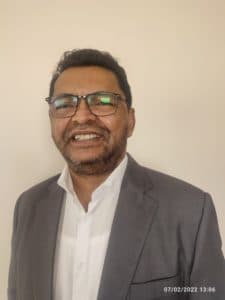
Introduction- XXth International Congress of Dermatology
ATOPIC DERMATITIS (PART 1)

AD in Sub Saharian Africa and Malagasy management

DA sur peau noire : lien pigmention-barrière épidermique
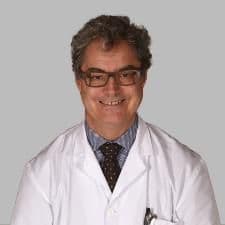
L'éducation, un outil important pour la prise en charge de la dermatite atopique



Panel Discussion - DA Part1
Peter Schmid Grendelmeier (MD), Fahafahantsoa Rapelanoro Rabenja (null), Alain Taieb (MD)
ATOPIC DERMATITIS (PART 2)
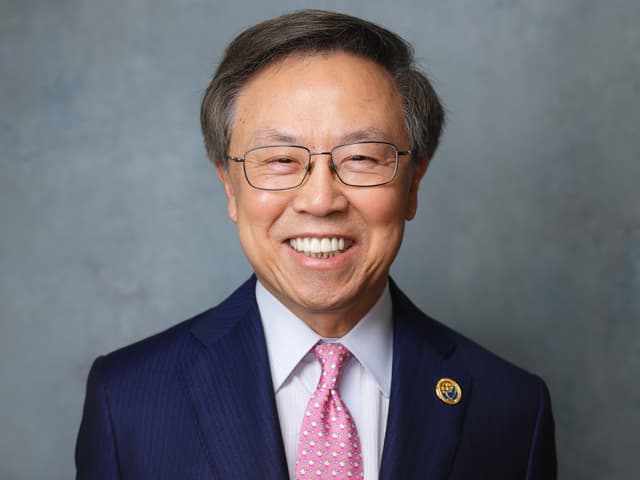
ILDS and Global Dermatology (somader)
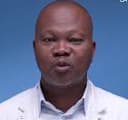
Management of Atopic Dermatitis in Ivory Coast
Célestin Ahogo MD
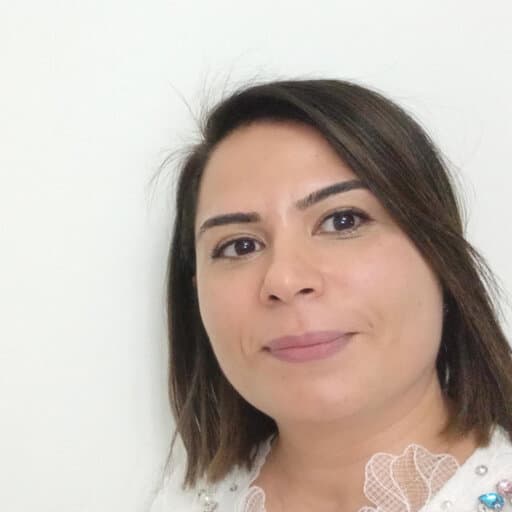
Atopic Dermatitis in Tunisia : Epidemiological profile, diagnostic challenges and impact on quality of life
ATOPIC DERMATITIS (PART 3)

Management of AD in Senegal
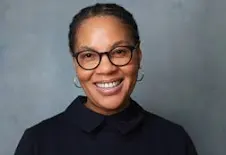
Management of AD in South Africa

Management of AD in Tanzania

Management of AD in Guinea
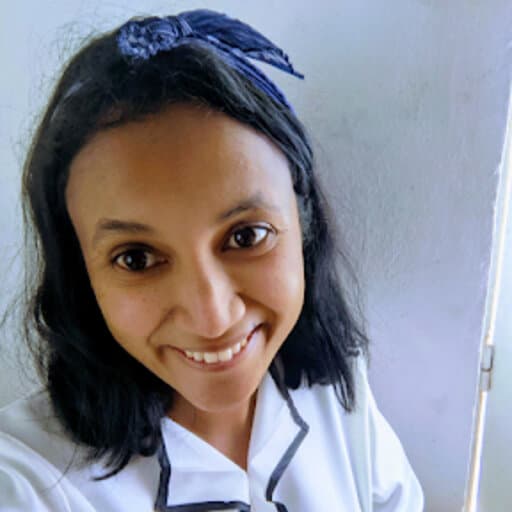
Comorbidité entre dermatite atopique et lèpre chez un jeune Malgache






Panel Discussion - DA Part 3
Fatimata Ly (MD), Ncoza Dlova (MD, PhD), Daudi Mavura (MD), Ibrahima Traore (MD. PgDip. MSc,PhD), Tsiory Iarintsoa Razafimaharo (), Fahafahantsoa Rapelanoro Rabenja (null)
INFECTIOUS DERMATOLOGY
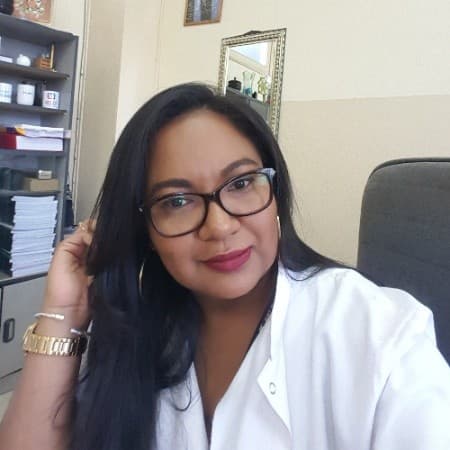
Les principaux diagnostics differentiels des mycoses cutanées profondes
RAMAROZATOVO Lala Soavina MD
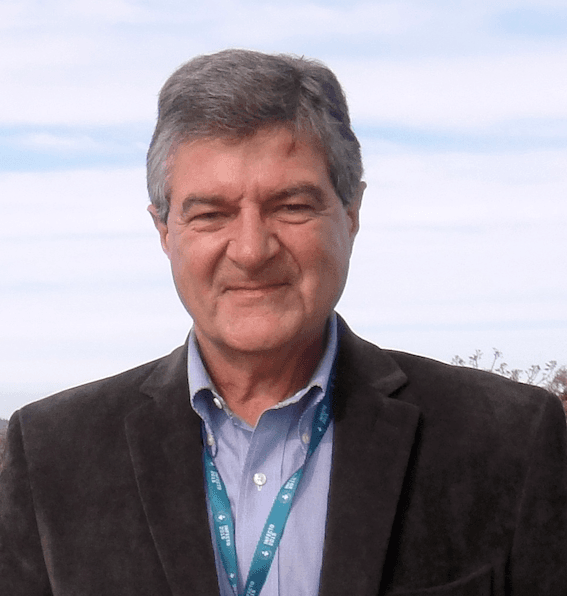
Current situation of zoonotic sporotrichosis in South America: New insights of transmission
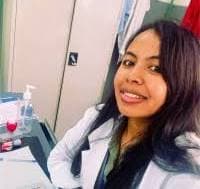
MTN Cutanée : Etude épidémiologique

Une gale croûteuse chez un diabétique de type 2 : à propos d’un cas vu au Centre Hospitalier de Soavinandriana Antananarivo Madagascar
Roger Dominique RANDRIANARIMALALA

Un cas de chromoblastomycose récalcitrante traité efficacement par la combinaison de terbinafine orale avant et après chirurgie
Rakotomanana Andrianandrianina Mbolatiana Kiady Armando MD

MTN cutanées chez les femmes au Sénégal

Cutaneous leishmaniosis in Ethiopia

Leprosy, a neglected disease affecting neglected population in a neglected area: a photovoice exploration of the hidden struggles
PSYCHODERMATOLOGY
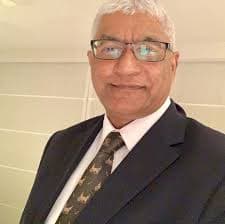
Psychodermatology : Brain and skin connection and practical Implications
INFECTIOUS DERMATOLOGY (PART 2)

Cysticercose cutanée chez les patients atteints de la neurocysticercose vues dans le service de neurologie Befelatanana Antananarivo

Facteurs de risques associés à l’érysipèle de la jambe à Toamasina

Le retour de la grande imitatrice: la syphilis
Irina Mamisoa RANAIVO MD


Panel Discussion - Infectious Dermatology Part 2
Irina Mamisoa RANAIVO (MD), RAZAFIMAHEFA Julien (MD), Antoine Bertolotti (MD, PhD, MSc)
AI GENERATIVE AND DERMATOLOGICAL PRACTICE

Projet IA en Dermatologie & Télédermatologie en Afrique

Exploration de ChatGPT pour les maladies tropicales négligées de la peau.
Might interest you

Cutaneous Medicine: Multidisciplinary Approaches in Dermatology
Chair: Prof. Fahafahantsoa Rapelanoro Rabenja,
This course explores the intersection of dermatology with other medical specialties, emphasizing a collaborative approach to diagnosing and managing complex skin disorders. It covers a wide range of topics, including dermatopathology, rheumatology, oncology, and infectious diseases, highlighting how systemic conditions manifest cutaneously. With contributions from experts in various fields, the text provides comprehensive insights into multidisciplinary care, advanced diagnostic techniques, and innovative treatments. Ideal for dermatologists, internists, and specialists, it bridges gaps between disciplines to improve patient outcomes in cutaneous medicine.
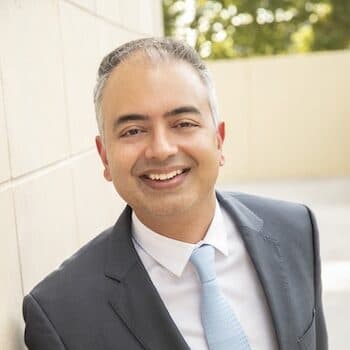
Pigmentation
Chair: Dr Seemal Desai, MD, FAAD
Hyperpigmentation is excess skin color from melanin. Understand melanin synthesis mechanisms and main causes.
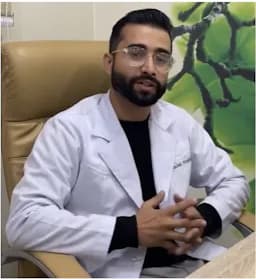
Neglected Tropical Skin Diseases
Chair: Dr. Prajwal Pudasaini, MD
Neglected tropical skin diseases affect poor populations in tropical areas. They include leprosy, mycetoma, and cutaneous leishmaniasis, causing disability and stigma. They receive little attention and resources, leading to poor diagnosis and treatment. Increased awareness and improved healthcare access are needed to help affected communities.

Acne Treatment in China
Chair: Prof. Haiping Zhang, PhD
Acne treatment in China combines traditional methods with modern practices.
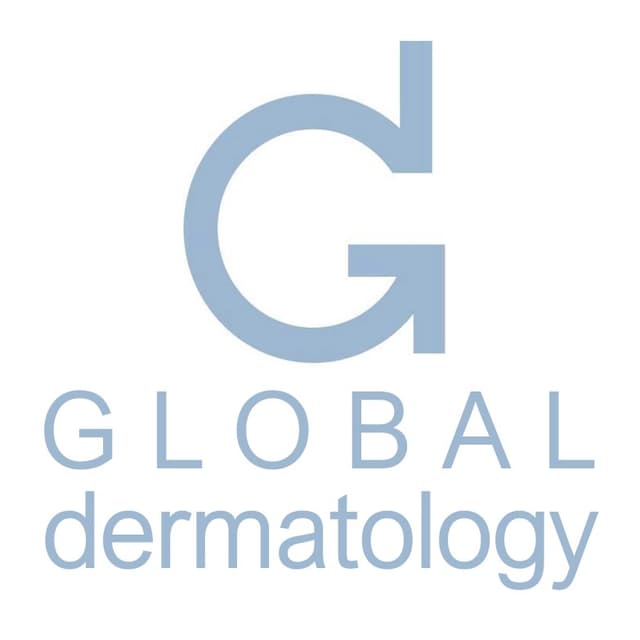
Cyspera Medical Education
Chair: Global Dermatology,
Cyspera® is a topical pigment-correcting treatment formulated with cysteamine, a naturally occurring compound that reduces the appearance of persistent hyperpigmentation, including melasma, post-inflammatory hyperpigmentation, and lentigines. It is known for being non-hydroquinone, suitable for long-term use, and effective on all skin types.
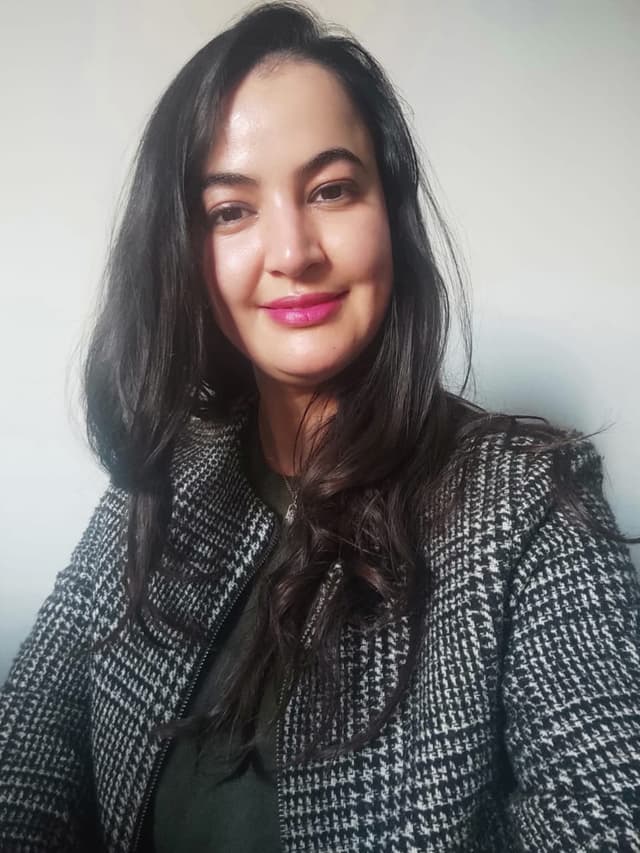
Topographic Dermoscopy
Chair: Prof. Awatef Kelati, MD
Topographic dermoscopy refers to the region-specific application of dermoscopic examination, emphasizing the unique morphological patterns found across different anatomical sites. On facial skin, the dermoscopic assessment requires recognizing patterns influenced by the high density of pilosebaceous units and sun-induced changes, often presenting pseudonetworks and annular-granular structures. The ear, with its thin skin and sebaceous gland concentration, reveals specific vascular and follicular clues important in distinguishing benign from malignant lesions.
On the chest and back, where the skin is thicker and sun exposure varies, dermoscopy must account for irregular pigment distribution and architectural disorder, especially in large nevi or early melanomas. Limb lesions may show distinctive features due to mechanical friction, hair density, and vascular variations, demanding precise interpretation to identify atypical nevi or skin cancers.
Palmar and plantar dermoscopy highlights the parallel ridge pattern critical for melanoma diagnosis, contrasting with benign acral patterns like the parallel furrow or lattice-like structures. Scalp and hair disorders benefit from trichoscopy, where dermoscopic evaluation reveals specific signs such as yellow dots, broken hairs, or black dots, aiding in the diagnosis of alopecia areata, androgenetic alopecia, or tinea capitis.
In nail disorders, onychoscopy enables visualization of melanonychia, hemorrhages, and nail matrix changes, crucial for distinguishing subungual melanoma from benign causes like trauma or fungal infection. Mucosal dermoscopy, though technically challenging, provides diagnostic clues in pigmented lesions of the lips, genitalia, or oral mucosa, requiring adaptation to moist, non-keratinized surfaces.
Finally, ultraviolet dermoscopy reveals a unique application: scabies mites fluorescing bright green under UV light, enhancing detection when traditional visualization fails. Topographic dermoscopy thus demands both anatomical knowledge and technical adaptation to maximize diagnostic accuracy across diverse body sites.
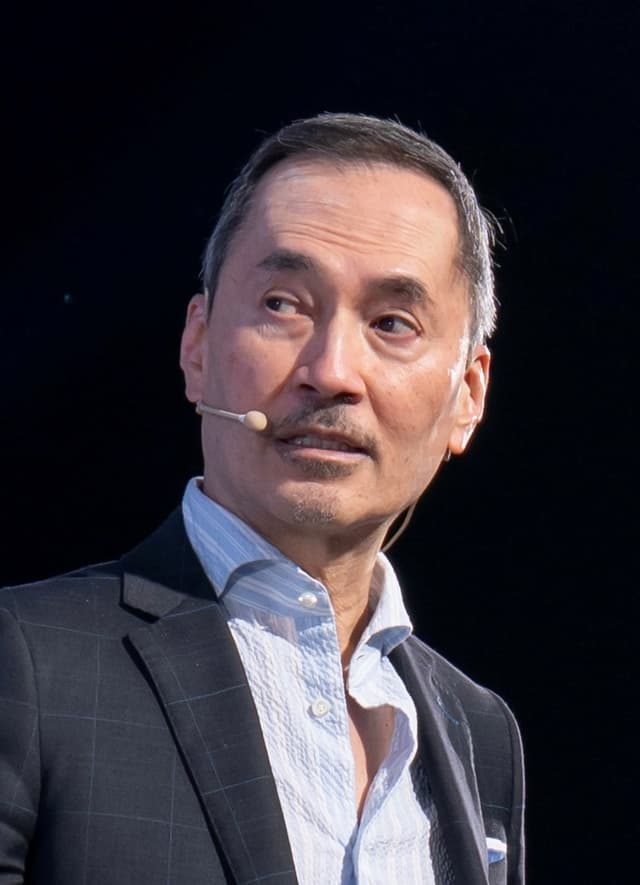
ACNE
Chair: Dr. Jerry Tan, MD
The ACNE | Education Series, led by Dr. Jerry Tan, is a comprehensive global medical education initiative designed to enhance the understanding and skills of dermatologists and healthcare practitioners regarding acne. Participants will gain insights from leading international experts on the latest advancements in acne research, innovative treatment options, and patient-centered care approaches. The event features interactive discussions, live Q&A sessions, and evidence-based strategies, all at no cost. The esteemed faculty includes specialists from the USA, Italy, France, the UK, Singapore, Greece, Australia, Canada, and Germany. This is a valuable opportunity to improve clinical competencies and stay updated on current acne management practices.
Attendees will acquire up-to-date knowledge on acne pathophysiology, new therapeutic options, and patient-oriented management strategies to optimize clinical outcomes in acne treatment. The session will also provide practical insights through expert-led discussions and evidence-based approaches.
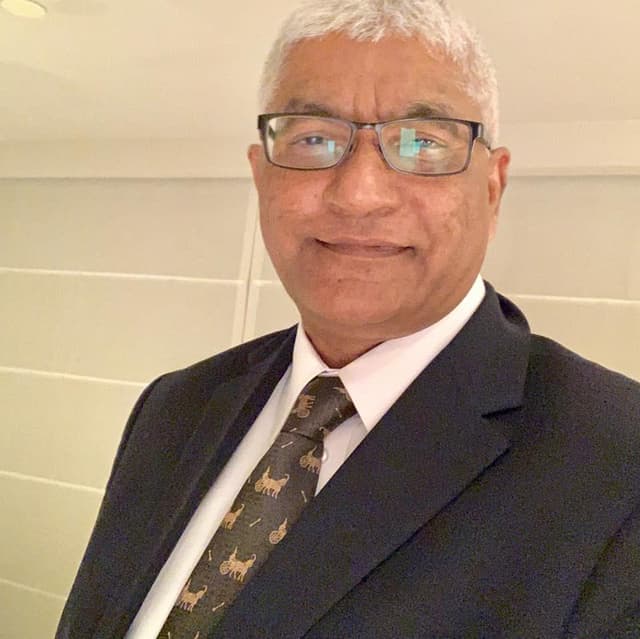
Psychodermatology
Chair: Prof Mohammad Jafferany, MD
This specialized course explores the vital intersection between dermatology and mental health, equipping clinicians with the knowledge and tools to manage psychodermatological conditions effectively. Through a blend of theoretical knowledge and practical application, participants will learn to diagnose and treat dermatological delusional disorders, identify psychiatric comorbidities in skin disease patients, and implement mental health strategies for chronic dermatoses. The curriculum also examines psychological factors in cosmetic dermatology and provides cutting-edge screening techniques for body dysmorphic disorder, including modern digital manifestations like Zoom dysmorphia. Adopting a patient-centered approach, the course emphasizes multidisciplinary management of conditions where psychological and dermatological factors interact. Participants will gain expertise in recognizing psychiatric components of skin diseases, addressing the emotional
burden of chronic conditions, and applying ethical principles in cosmetic practice. The training combines expert instruction with case-based learning to bridge theory and clinical practice. Designed for dermatologists, psychiatrists, psychologists, and primary care providers, this program enhances clinicians' ability to deliver holistic care that addresses both the visible and invisible aspects of skin disorders. Upon completion, practitioners will be better prepared to manage complex psychodermatological cases while improving patient outcomes through integrated mind-skin healthcare.

Tropical Dermatology and Neglected Tropical Dermatoses
Chair: Prof. Fahafahantsoa Rapelanoro Rabenja,
Dermatological diseases, particularly neglected tropical diseases (NTDs) with skin manifestations like deep mycosis (chromoblastomycosis, sporotrichosis, mycetoma), scabies, leprosy, lymphatic filariasis, and cutaneous leishmaniasis, pose major challenges for healthcare systems in resource-limited regions of Africa, Asia, and Latin America. These conditions severely affect vulnerable populations, suffering from frequent underdiagnosis and inadequate treatment that exacerbates suffering. Diseases such as atopic dermatitis are also under consideration for inclusion as skin NTDs through collaborative efforts involving ISAD, ASDV, and WHO. Furthermore, albinism, highly prevalent in sub-Saharan Africa, presents significant social challenges including stigmatization and occult beliefs. Despite these complex difficulties, the field is undergoing a historic transformation driven by science and technology, particularly artificial intelligence (AI), which offers tangible tools for improving diagnosis, treatment, and prevention. The participation of global experts facilitates vital knowledge exchange, exploration of innovative solutions, and helps address critical shortages of human and material resources in remote areas.
Learning Objective:
Understand the complex challenges posed by dermatological diseases, especially skin NTDs and conditions like albinism, in resource-limited settings, and recognize the critical role of global collaboration, technological innovation (particularly AI), and expert knowledge exchange in developing solutions to improve diagnosis, treatment, prevention, and resource allocation.

Dermoscopy
Chair: Prof Awatef Kelati, MD
This comprehensive dermoscopy course provides dermatologists and healthcare professionals with essential skills in skin lesion evaluation, covering fundamental principles through advanced diagnostic applications across five key areas: global dermoscopy practices, pigmented lesion analysis (including differentiation of benign and malignant patterns), specialized techniques for skin of color, skin cancer detection (melanoma and non-melanoma), and general dermatological conditions (inflammatory, infectious, and hair/nail disorders). Participants will develop proficiency in recognizing diagnostic patterns, adapting techniques for diverse skin types, and applying dermoscopic algorithms, ultimately enhancing their clinical accuracy through a combination of theoretical knowledge and practical case-based learning. The course emphasizes real-world application, addressing both common and challenging scenarios in dermatological practice.
